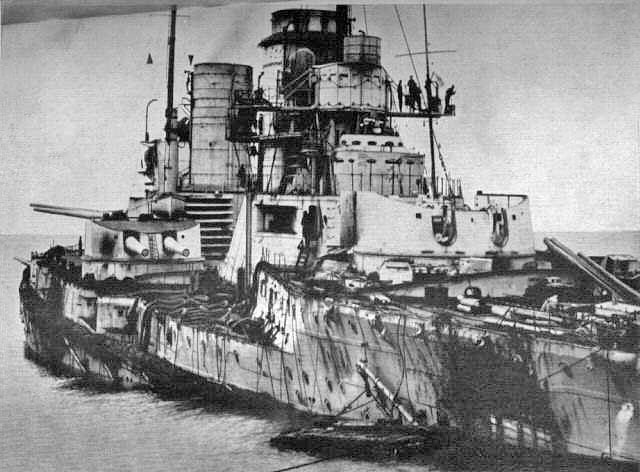Not many are aware of the full effect that the Battle of Jutland had over the rest of WWI. In a war fraught with innovation, such as tanks and gas attacks, soldiers marched into the fray all too aware that on any given day they may discover new ways to die. While tanks and mustard gas affected battle on land, there were also innovations in the air and at sea. One of the deadliest innovations seen in the Battle of Jutland was that of battleships such as the HMS Dreadnought.
Such battleships were mounted with literally tons of weaponry, including guns and explosives. Heavily armored, they were able to take as much of a pounding as they were able to deliver. The HMS Dreadnought was launched prior to the Battle of Jutland in answer to the Kaiser’s attempt at a naval arms race. It was not simply about winning a battle, but about showing Germany that Britain was stronger in terms of industry.
There were also smaller cruisers at play in the Battle of Jutland, which were not as large or heavily outfitted as the Dreadnought but were much faster and still well-armored in relation to their size. The British Navy made it clear that they were willing to match Germany’s Navy in not only force, but in numbers as well, the The Telegraph reports.
Still, the British forces took heavy fire in May of 1916, with Germany getting in some of the earliest and heaviest shots. Not only was the armor of their vessels being pierced, but their turrets were being hit which impeded their ability to fire back as strongly as the enemy was hitting them. One such turret strike against the HMS Indefatigable caused a massive explosion killing nearly everyone on the ship. It was not the only ship to blow up in such a fashion. The British took heavy casualties very early on in the Battle of Jutland. While ultimately the German forces retreated in disrepair, Britain’s forces were badly injured, as was the nation’s pride. It was something of a pyrrhic victory for Germany, yet Britain could not claim victorious feelings in light of the overall outcome and the sheer number of deaths they incurred.
The Battle of Jutland stood as a lesson to both sides that no amount of technological prowess is a complete assurance of victory. No matter who has the strongest numbers or the better ships, an advantage can be gained at almost any point in warfare that an opposing side will not be ready to counteract if relying on only what they know going into the conflict. Thanks to the Battle of Jutland, the Allies continued to strengthen their resources as well as their resolve, learning the importance of solid strategy no matter what sort of weaponry they packed in their arsenal.
